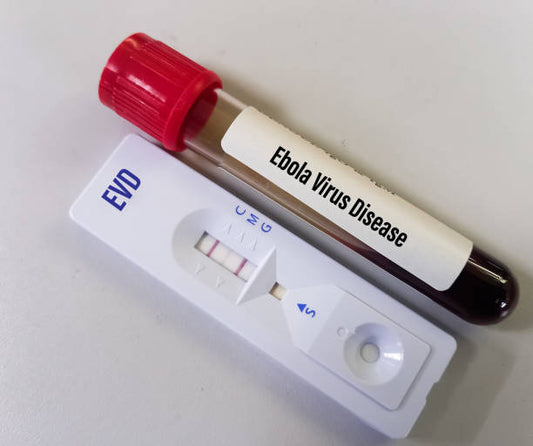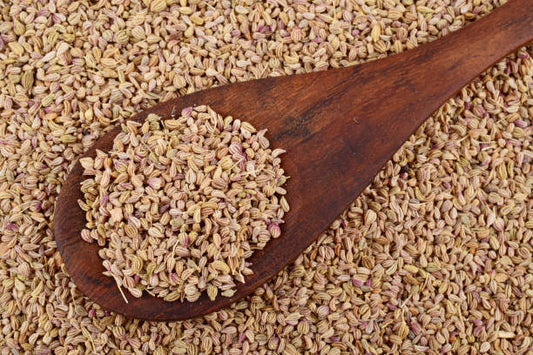Omega-6 fatty acids are a crucial component of a balanced diet, playing significant roles in various physiological processes. In this exploration, we delve into the functions of omega-6 fatty acids, identify common dietary sources, and discuss their impact on health.
Understanding Omega-6 Fatty Acids
Omega-6 fatty acids are polyunsaturated fats characterized by the presence of a double bond at the sixth carbon atom from the end of the fatty acid chain. The two primary omega-6 fatty acids in the diet are linoleic acid (LA) and arachidonic acid (AA).
Functions of Omega-6 Fatty Acids
-
Cell Structure: Omega-6 fatty acids are integral components of cell membranes, contributing to their structure and fluidity.
-
Inflammatory Responses: Some omega-6 fatty acids, particularly arachidonic acid, serve as precursors for pro-inflammatory molecules involved in the body's immune response.
-
Hormone Production: Omega-6 fatty acids play a role in the synthesis of hormone-like compounds known as eicosanoids, which regulate various physiological processes.
-
Skin Health: Linoleic acid, an essential omega-6 fatty acid, contributes to maintaining the integrity of the skin barrier and promoting overall skin health.
Dietary Sources of Omega-6 Fatty Acids
-
Vegetable Oils: Common cooking oils such as soybean oil, corn oil, and sunflower oil are rich sources of omega-6 fatty acids.
-
Nuts and Seeds: Walnuts, sunflower seeds, and pine nuts contain significant amounts of omega-6 fatty acids.
-
Meat and Poultry: Animal products, especially chicken and pork, provide omega-6 fatty acids, particularly arachidonic acid.
-
Processed Foods: Many processed and packaged foods, including snacks and baked goods, may contain oils high in omega-6 fatty acids.
Health Considerations and Balancing Omega-6 Intake
-
Balancing Omega-3 and Omega-6 Ratios:
- Maintaining a balance between omega-3 and omega-6 fatty acids is essential for overall health. An imbalance, favoring excessive omega-6 intake, may contribute to inflammatory conditions.
-
Inflammatory Response:
- While omega-6 fatty acids are necessary for inflammatory responses, an excessive intake relative to omega-3 fatty acids may contribute to chronic inflammation.
-
Heart Health:
- Some studies suggest that a higher omega-6 to omega-3 ratio may be associated with an increased risk of certain cardiovascular conditions.
-
Individual Variability:
- Individual responses to omega-6 fatty acids can vary, and factors such as overall diet and lifestyle play crucial roles in their impact on health.
Conclusion
Omega-6 fatty acids are essential components of a healthy diet, contributing to various physiological functions. However, maintaining a balanced intake, considering the overall dietary context, is crucial for optimizing health outcomes. A thoughtful approach to dietary choices, incorporating a variety of nutrient-rich foods, ensures a well-rounded intake of essential fatty acids.
Author: Nikita Vishnoi BCA












